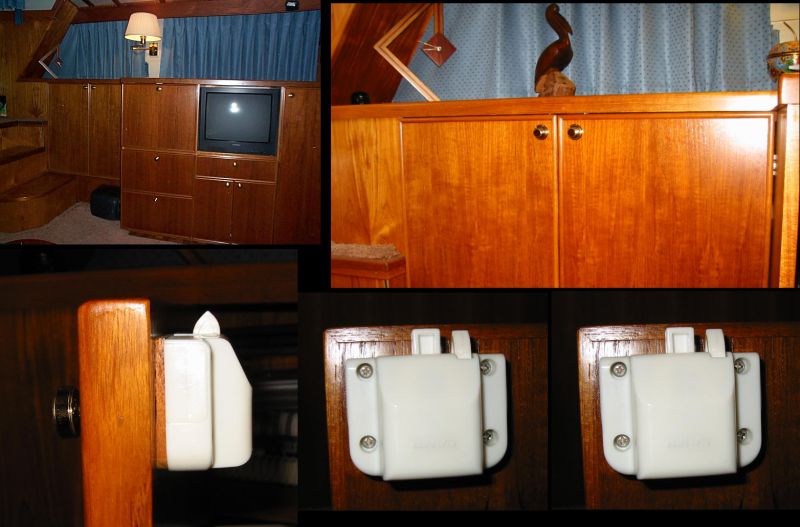Question
I'd like to hear about methods you have used to make square tapered table legs, that would work in a small shop environment.
Forum Responses
A shop-made "tapering jig" can be used on the table saw and similar type set-up for either the jointer or shaper for finishing the surface.
Depending on the quantity and time restraints, outsourcing is always another option.
Should you decide to make the legs yourself, spend sufficient time exploring jig set-ups and make good jigs. Time spent in planning is time saved in production and, more important, safer production.
The advantage here is that you can do all four legs with this one setup, whereas using the table saw requires repositioning the taper after two faces are done.
Obviously, if you need to start the taper a few inches from the end (to allow for an apron), you'd make a mark on the fence and start the pass there.
I don't do a lot of tapered legs, but I use this method to take small wedges off my doors when I'm fitting them within a frame.
Rough cut the taper on a band saw (this is safer than tapering on the table saw) to rough size, then make the final clean up cut with a shaper using a cradle jig and a rug collar on the top or bottom of the cutter (your preference). This method works great for production runs, makes quick, clean cuts, and allows for repeatability.
Lay out your legs so the shaper is making all of the cuts with the grain on the taper.
